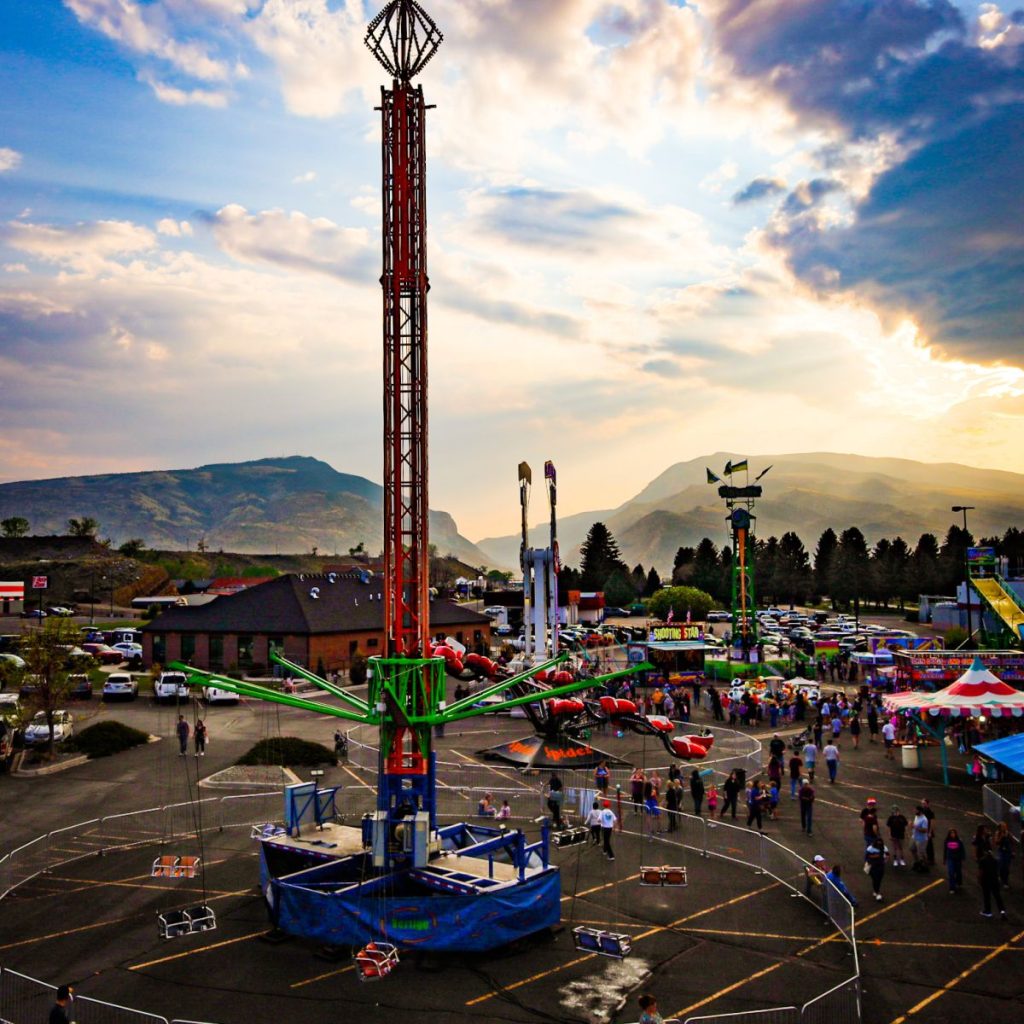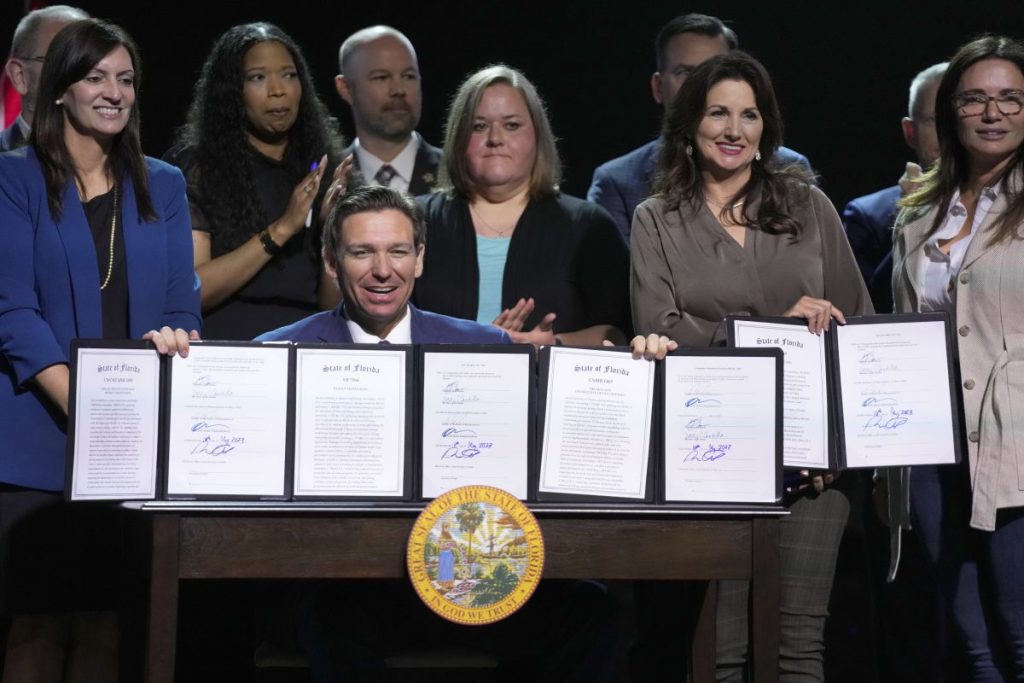Bighorn Canyon: Incredible Boating Just 2 Hours From Cody, Wyoming
Written by Nick on May 21, 2023
Bighorn Canyon National Recreation Area: A Hidden Gem
Spanning the Wyoming-Montana border in an area that sees far less visitor traffic than the Yellowstone National Park region, Bighorn Canyon National Recreation Area is tucked away just a few miles from Lovell, Wyoming, and just over an hour’s drive from scenic Cody.
Established in 1966, Bighorn Canyon National Recreation Area is different from a national park. While national parks focus on preservation, national recreation areas like Bighorn Canyon are federally protected with an emphasis on — you guessed it — their incredible recreational opportunities. In Bighorn Canyon, you’ll find a boater’s paradise.
If you’re looking to get on the water, catch huge walleyes, enjoy unique camping opportunities, and more, Bighorn Canyon is the place for you. Here are a few things every visitor should know about Bighorn Canyon National Recreation Area.
Over 120,000 Acres Divided Into Two Districts
Bighorn Canyon straddles the Wyoming-Montana border and is accessible through either Fort Smith, Montana, or Lovell, Wyoming. The lake is the only thing connecting the two districts; you can’t drive from one of the recreation area to the other without going the long way around.
The Yellowtail Dam, located in the North District and named for well-known Crow leader Robert Yellowtail, is where the Bighorn River stops and Bighorn Lake begins. The lake spans some 71 miles in both states, with 55 miles of the lake falling within the national recreation area’s boundaries.
The Crow Indian Reservation contains roughly one third of the recreation area, and visitors must stay within the Bighorn Canyon boundaries. No trespassing is allowed on the reservation.
There are two visitor centers at Bighorn Canyon. In Fort Smith, Montana, you’ll find the Yellowtail Dam Visitor Center. Meanwhile, the Cal S. Taggart Visitor Center is located in Lovell, Wyoming.
Simply Stunning Boating, Fishing, and Camping in Bighorn Canyon
Whether you’re fishing, exploring Big Island, or just going for a sunset cruise, Bighorn Lake is a boater’s dream.
The lake itself boasts some 12,700 acres of water surface and 191 miles of shoreline. There are plenty of places to launch your own boat or PWC, but if you’d rather rent, there are also two marinas — one on the North District and one on the South District — where you can rent.
If you’d like to bring your own boat, just keep in mind that an Aquatic Invasive Species inspection is required beforehand to prevent the movement and expansion of species like Quagga mussels or Zebra mussels.
Prefer to enjoy the water without a motor? You’re in luck, because the National park Service gives free guided kayaking tours on Bighorn Lake during the summer months.
Montana manages Bighorn Lake as a walleye fishery. It’s also a world-class place to catch trout, yellow perch, catfish, ling, and crappie.
Past Yellowtail Dam in the Fort Smith area, you can find plenty of rainbow and brown trout in the Afterbay area. Further on, in the Bighorn River itself, 38 species of fish have been caught, so you can go after just about anything.
Lakeshore Camping in Bighorn Canyon National Recreation Area
Perhaps the most unique thing about a trip to Bighorn Canyon National Recreation Area is the ability of visitors to paddle across the lake and camp at sites along the waterway.
There are a total of six waterway campsites in Bighorn Canyon:
- South District
- Campsite A: Devil Canyon
- Campsite B: Medicine Creek
- North District
- Campsite C: Dry Head Creek
- Campsite D: Big Bull Elk Creek
- Campsite E: Day Board Nine
- Campsite F: Black Canyon
The National Park Service has some recommended trip options for non-motorized boating on Bighorn Lake. These recommendations range from a short 4- to 6-mile round trip all the way up to a 35- to 38-mile route spanning five days.
Even if you’re an experienced paddler, be careful not to overexert yourself. Generally, your best bet is to plan for 6-8 miles per day, and you should never expect to go further than 12-14 miles in a single day.
In addition to the waterway campsites, there are other camping areas suited for RVs and tents. You can find sites with modern restrooms, dump stations, drinking water, hook-ups, and everything else you might need for a non-rustic adventure.
No Shortage of History at Bighorn Canyon
You certainly wouldn’t be the first to take advantage of the incredible recreation opportunities that have been protected at Bighorn Canyon since it was recognized by Congress nearly six decades ago. But, as you might’ve guessed, the history of this area goes back much, much further.
In fact, archaeologists have evidence of people living near Bighorn Canyon as early as 12,000 years ago. Indigenous peoples traveling from the Bighorn Basin to Grapevine Creek would use the Bad Pass trail along the west side of the canyon, which you can still travel today.
The trail itself was added to the National Register of Historic Places in 1975.
Related: 3 Incredible Archaeological Sites Near Cody, Wyoming
More recently, the Crow peoples moved into the Bighorn Canyon area during the 16th century. Even as the amount of Crow land recognized by the US government shrunk, Bighorn Canyon remained part of their dedicated territory.

